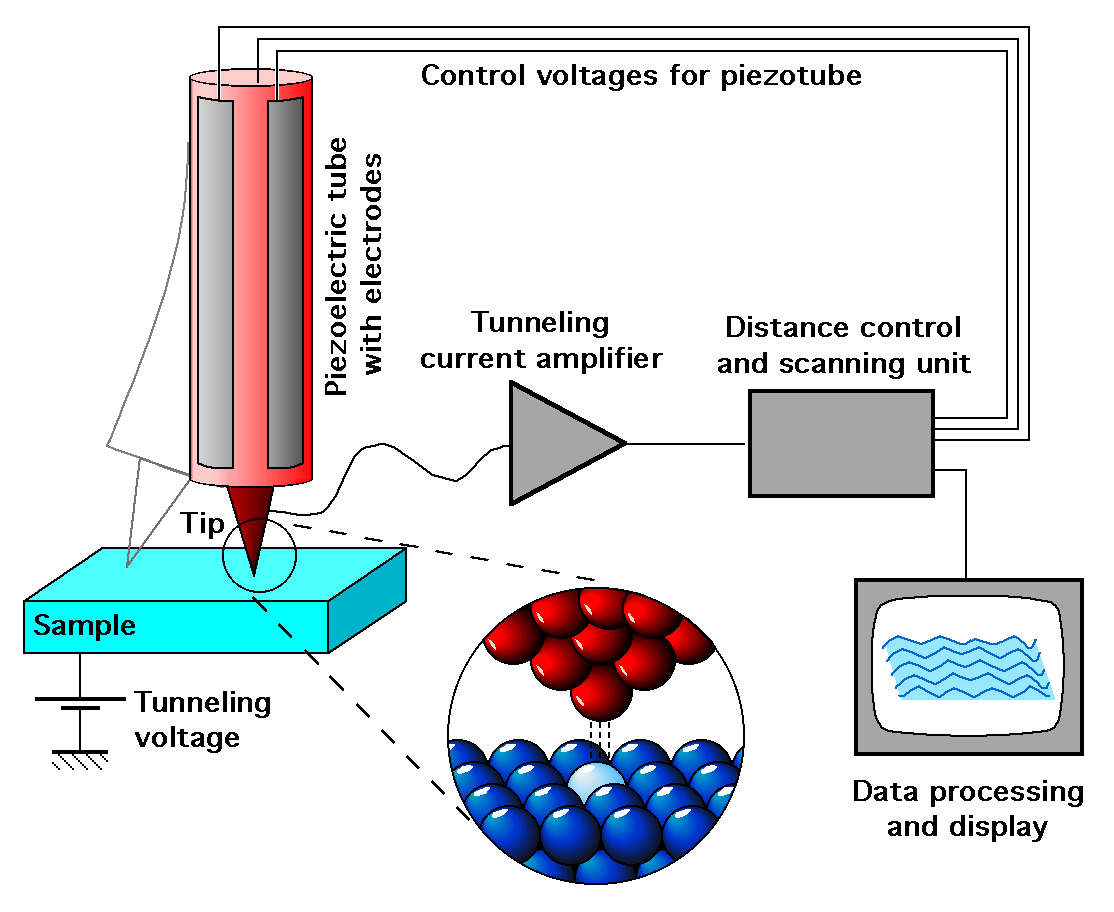As the professor discussed, space exploration and space itself involve a lot of the topics that have already been discussed in previous lectures. For example, nanotechnology can be seen in the discovery of "buckyballs," balls composed of hydrogen gases. Nanotechnology is also involved in the creation of telescopes which has proven to be crucial in the process of space exploration and discovery.
The endeavors of space saw a drastic jump when living creatures began to be launched into the treacherous tundra. Russia was the first to do so when they sent a dog, Laika, into orbit. Although Laika did not survive the entire endeavor, body sensors proved that it is possible for living creatures to survive in the extraterrestrial ecosystem. The next step after Laika, was sending a chimpanzee into space. The chimpanzee, more like humans in physical body structure and brain processes, was responsible for carrying out on board procedure such as pulling levers. This was performed by flashing lights at the creature and then rewarding it when it did the right thing. These two creatures paved the way for human space exploration which is now crucial for the understanding of our solar system and the rest of space.
Works:
"Arctic Perspective Initiative." N.p., n.d. Web. 28 May 2016. <http://arcticperspective.org/>.
Forde, Kathleen. "Dancing on the Ceiling." N.p., n.d. Web. 28 May 2016. <http://zerogravity.empac.rpi.edu/>.
Gibney, Elizabeth. "Buckyballs in Space Solve 100-year-old Riddle." Nature. N.p., 15 July 2015. Web. 28 May 2016. <http://www.nature.com/news/buckyballs-in-space-solve-100-year-old-riddle-1.17987>.
Latson, Jennifer. The Sad Story of Laika, the First Dog Launched Into Orbit. Digital image. Time. N.p., n.d. Web. 28 May 2016. <http://time.com/3546215/laika-1957/>.
"Space Dog Laika Finally Gets a Happy Ending." Seeker. N.p., 12 July 2011. Web. 28 May 2016. <http://www.seeker.com/space-dog-laika-finally-gets-a-happy-ending-1765295559.html#news.discovery.com>.
Top 10 Space Stories of 2015: Readers' Choice. Digital image. Seeker. N.p., n.d. Web. 28 May 2016. <http://www.seeker.com/top-10-space-stories-of-2015-readers-choice.com>.
Vesna, Victoria. "Space + Art." Desma 9. Los Angeles. 28 May 2016. Lecture.

